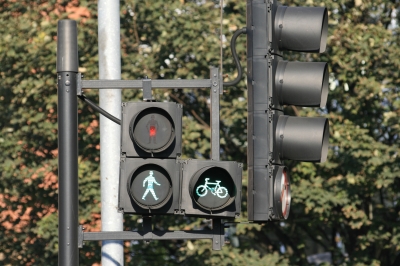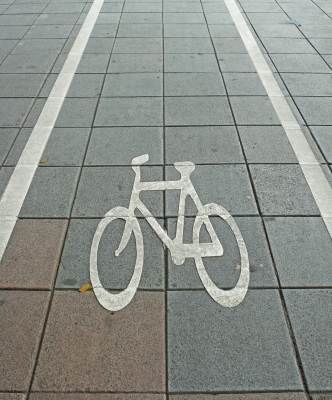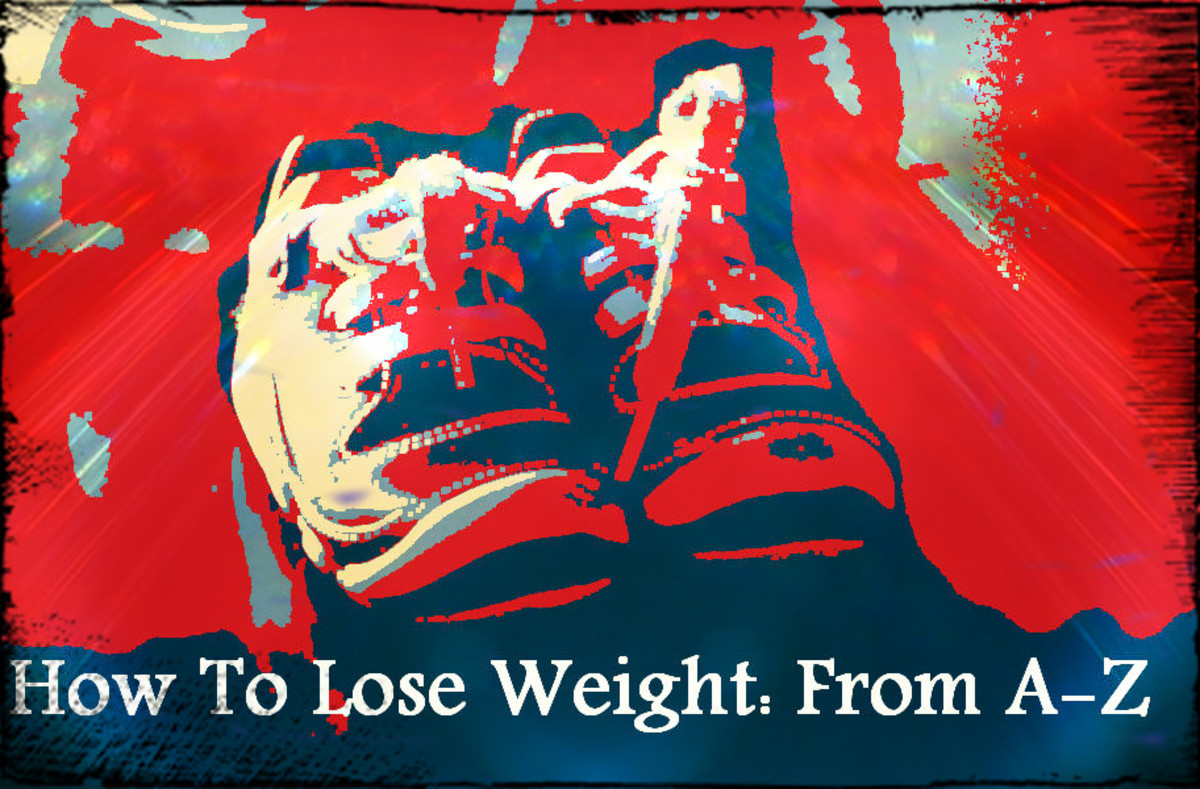Does Where You Live Make You Fat? What Cities Can Do To Help People Lose Weight

Losing 1 million pounds in one year may seem impossible, but what if an entire city decided to lose weight together? This is exactly what cities across the nation are attempting to do. Last week, Boston joined other cities like Philadelphia to Oklahoma City to Corpus Christi in challenging its citizens to a citywide weight loss challenge.
Citywide weight loss challenges are gaining in popularity. By setting a citywide goal, providing resources, activities, and contests, and allowing people to register on a website to track their progress, these challenges are a fun way to bring attention to the obesity issue and provide needed motivation for some residents to lose weight. They also are appealing because they promise that small changes by large numbers of people could have a big impact. In cities with populations of 1 million, this type of challenge could be reached if every citizen lost just 1 pound over the course of a year. Sounds easy!
Will Citywide Weight Loss Challenges Work?
Citywide weight loss challenges are a fun way to bring attention to the obesity epidemic, but they are unlikely to result in the types of large scale changes that mayors are looking for. This is because this type of challenge, even if it provides supports for those trying to lose weight, still places the burden of responsibility on the individual.
But, other factors are contributing to the obesity epidemic. No matter how much information people have, if they are surrounded by unhealthy food options and do not have natural opportunities to be active, weight loss is an uphill battle for even the most dedicated dieter.
Case Study: Two Dieters
Let’s look at a hypothetical example of two dieters. Both want to lose weight and both are given access to information and resources about diet and exercise. Person A is put in a room with a TV and some processed food in the fridge. Right outside her door are 3 fast food joints. Person B is put in a similar room, but with a treadmill and exercise bike, a fridge full of fresh fruits, vegetables, dairy, and lean dairy products. Right outside her door is a farmer’s market and 2 local restaurants that serve reasonably priced, fresh-cooked food. Which person do you think is more likely to lose weight?
Case Study: America’s Skinniest City
The research is clear that where we live contributes to our weight. Cities with more green spaces, safer roads and sidewalks for walking and biking, recreation centers, and access to healthy food options are healthier and weigh less.
Let’s look at Boulder, CO. With about 100,000 residents, Boulder consistently ranks as one of the most livable and healthiest cities, with only 12% of residents being obese (compared to 36% nationwide).
Boulder has an extensive network of well-maintained bike lanes and trails that are used year round, a vibrant pedestrian mall, walking trails, and abundant green spaces. Biking and walking to work are considered normal ways of transportation and are encouraged. Boulder also hosts a weekly farmers market (twice weekly in the summer), and restaurants are increasingly adopting farm-to-table policies that increase the use of fresh, local foods.
The city of Boulder has also made a commitment to continuing to preserve public lands and to implement policies and practices that improve the health of its citizens. What’s more, exercise and healthy living are considered the norm and is incorporated into everyday life.
Should cities be restructured to help people live healthier lives?
What Cities Can Do To Help People Lose Weight
To really make a difference in the obesity epidemic, cities need to examine what structural and policy changes could make physical activity and healthier eating easier for their citizens. The following changes have all been demonstrated to increase physical activity and healthier eating.


- Make streets more walkable and bike-friendly by increasing the number and quality of sidewalks and bike paths, improving lighting, and using speed bumps and stop signs to slow down traffic and make streets and sidewalks safer.
- Increase public transportation options within the city limits, as those who take public transportation often add exercise into their daily routines to get to the bus or subway.
- Increase access to healthy food options by increasing the number of full-service grocery stores and farmer's markets. Businesses can be offered incentives for increasing healthier options in underserved areas, such as loans and supportive zoning. Communities can also replace sugar-laden drinks and high-fat snacks in vending machines with healthier options.
- Decrease numbers of fast food restaurants by changing zoning laws.
- Improve school policies by removing vending machines, increasing healthy food options, and including physical activity programs. Communities can also work to ensure that schools are within a reasonable walking distance for its residents.
- Decrease screen time in schools, daycares, and afterschool programs.
- Limit advertising of fast foods, snack food, and sugary beverages within local jurisdictions.
Isn’t This All Too Expensive?
Restructuring cities to make them healthier environments for people to live and work takes planning, time, and resources. But, the costs of the obesity epidemic are staggering. A recent study from Cornell University reported that obesity accounts for 21% of our health care costs, or $190.2 billion per year. So, the real question is “How can we afford not to do this?”
Restructuring Our Cities
Citywide weight loss challenges and other attempts to motivate people to lose weight are a great way to build awareness of the obesity epidemic and may provide the motivation and support for some individuals to lose weight. But, we've built cities and living spaces that discourage exercise and increase the consumption of unhealthy food options.
To really make a difference in the obesity epidemic, cities, communities, and our country as a whole will need to look at how policies, structures, and the built environments are shaping people's habits and will need to engage in hard work to restructure urban environments that support healthier eating and active living.
Related Hubs
- Benefits of Higher Gas Prices: Why I Don't Mind Payi...
With rising gas prices, we all grumble a little when we fill our tanks. However, the long-term benefits of higher gas prices may well be worth the short-term pain. This article outlines how higher gas prices can lead to a healthier population and can - Top Reasons to Bike to Work
Need a new exercise routine? Want to save money? Wish you could reduce your carbon footprint? Biking to work or to run errands is a great way to achieve all of these goals. This articles describes some of the many benefits of commuting by bike. - Why My Kids Don’t Watch TV: We are the 1%
Many parents use TV as a babysitter, giving them a much needed break. This article debunks myths about the benefits of TV watching and describes the advantages of having no TV in the house.








